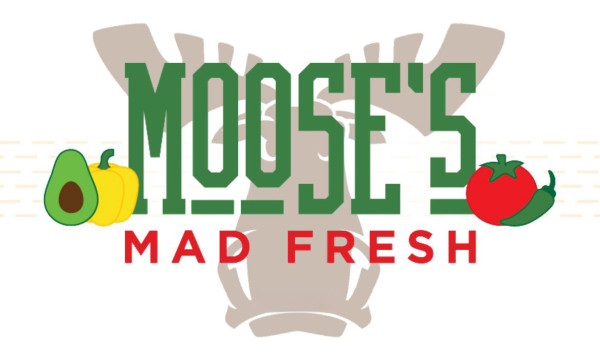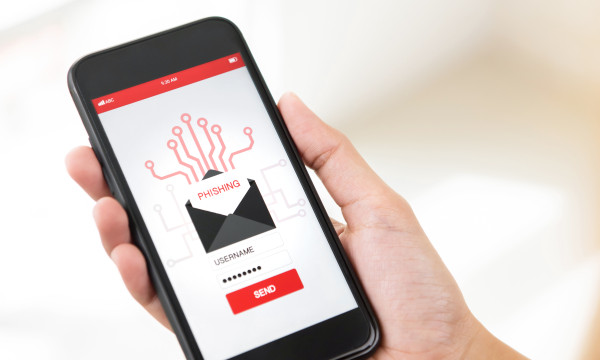Paycheck Protection Program: An overview of recent changes
We provide an overview of changes to the Paycheck Protection Program as detailed in the Consolidated Appropriations Act.

The Consolidated Appropriations Act, passed at the end of 2020, contains several provisions related to the Paycheck Protection Program (PPP), including a second round of PPP loans for certain eligible borrowers. Here, we offer a breakdown of the components that make up this legislation, along with possible benefits to the borrower.
Deductibility of expenses paid with PPP loan proceeds. This has been a contentious matter between the U.S. Department of the Treasury (Treasury) and Congress. While the Coronavirus Aid, Relief, and Economic Security (CARES) Act specifically excluded the forgiveness of PPP loans from taxable income, Treasury and the IRS took a position that expenses paid with forgiven PPP loan proceeds should not be deductible by the borrower. The stimulus bill fixes this. To align with congressional intent, in a very succinct one-sentence provision, the Consolidated Appropriations Act makes expenses paid with PPP loan proceeds 100% deductible. This applies to all PPP loans, even if the loans were already forgiven at the date this legislation is enacted. A subtle item in the provision will benefit owners of pass-through entities by not denying a basis step-up in their stock/partnership interest for any tax-exempt income from a forgiven PPP loan.
Additional eligible nonpayroll uses of PPP loan proceeds. Four additional categories were added for nonpayroll costs eligible for use of the PPP loan proceeds, subject to overall limitation that 60% of the loan must be used for payroll costs. This expands the scope of use for PPP funds to include:
- Covered operations expenditures
- Covered property damage
- Covered supplier costs
- Covered worker protection equipment
Selection of covered period. This is a welcome clarification for those needing more than eight weeks (but not the full 24 weeks) to use the PPP loan proceeds. The stimulus bill allows borrowers to select the end date of their covered period. However, it must be greater than eight weeks from the date of disbursement of the PPP loan and not more than 24 weeks. This aligns certain full-time equivalent (FTE) and pay rate reduction provisions with the payroll periods that a borrower includes.
Simplified forgiveness application, $150,000 and less. For any loan up to $150,000, the forgiveness application has been simplified. This will substantially reduce the burden on both borrowers and lenders. The U.S. Small Business Administration (SBA) recently released this form, and lenders will begin using it before the end of January.
EIDL advance reduction to forgiveness amount repealed. Under current law, the SBA reduced the amount of forgiveness by any Economic Injury Disaster Loan (EIDL) advance received. The Consolidated Appropriations Act repeals this provision.
Supplemental funding request related to initial PPP loan. SBA issued an interim final rule in May that allowed a borrower to request a supplemental loan if, subsequent to the time of application, regulations were issued that would have increased the loan amount it could have received. This was especially applicable to partnerships. However, this only applied if the lender had not yet submitted what’s known as Form 1502 for the original loan. The stimulus bill removes this restriction and allows supplemental requests in all cases where the loan amount would have changed due to the new rules. Partnerships, farmers and ranchers (as explained below), and seasonal borrowers will want to review this provision for supplemental loan opportunities.
Expanded eligibility for PPP loans. Most Section 501(c)(6) organizations — i.e., trade groups, Chamber of Commerce groups, and certain destination marketing companies — would be eligible to apply for PPP loans, provided that the organization doesn’t receive more than 15% of receipts from lobbying activities, the lobbying activities of the organization do not comprise more than 15% of its total activities, and the organization has 300 employees or fewer. In addition, housing cooperatives, newspapers, broadcasters, and radio stations would now potentially qualify.
Change in calculation of loan amount for certain farmers and ranchers. The loan amount for certain farmers and ranchers is now based on gross income, not net profit shown on the 2019 Schedule F, but is still limited to two and a half months with a $100,000 annual gross income cap. In other words, a farmer or rancher with no employees could receive a $20,833 loan if the gross receipts on Schedule F for 2019 were $100,000 or greater, regardless of amount of expenses. If the farmer had employees, the loan amount could be increased by the same two and a half months of the average monthly payroll for 2019. Current PPP loan borrowers affected by this may request an increase, provided their loan has not yet been forgiven.
PPP second-draw loans. These “second-draw” loans are targeted at hard-hit businesses that employ 300 or fewer employees and that have used or will use the full amount of their first PPP loan. The maximum loan under this program is $2 million, based on two and a half months of average annual payroll (three and a half months for NAICS Code 72 entities — generally hotels and restaurants). The measurement period for the payroll can be either calendar year 2019 or 2020.
Borrowers must show a 25% decline in revenue in the first, second, third, or fourth quarter in 2020 as compared to the same quarter in 2019. There are special comparison rules for entities not in existence for all of 2019. The same waiver of affiliation rules that applied to the initial PPP loans will apply to the second-draw PPP loans. Similarly, the rule covering more than one physical location that applied for the first PPP loans applies to the second-draw loans, except the employee limit per location is 300 employees for NAICS Code 72 entities and certain broadcasting entities.
The forgiveness of second-draw loans follows the rules from the first round of loans, including the various reduction provisions. The revised covered period definition as noted above also applies to the second-draw loans. The covered period would, therefore, be any time period selected by the borrower that is more than eight weeks from the date of loan disbursement but not greater than 24 weeks from such time.
There are set-asides (funds held or earmarked) for the following:
- First-time PPP borrowers with 10 or fewer employees
- Second-time PPP borrowers with 10 or fewer employees
- First-time PPP borrowers that have been made newly eligible by the Consolidated Appropriations Act
- Second-time returning PPP borrowers
The introduction of this “second wave,” while designed to bring economic relief, may also raise questions. For specific tax-related concerns, you’ll want to consult your tax professional.
Learning Center articles, guides, blogs, podcasts, and videos are for informational purposes only and are not an advertisement for a product or service. The accuracy and completeness is not guaranteed and does not constitute legal or tax advice. Please consult with your own tax, legal, and financial advisors.




